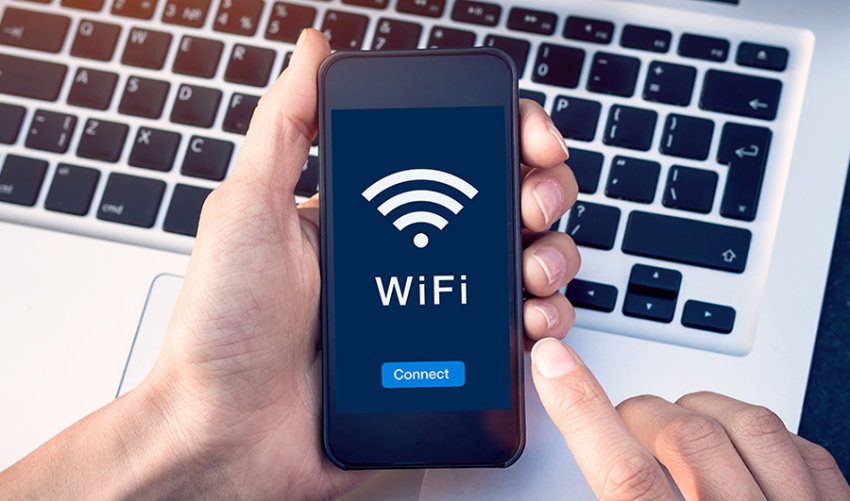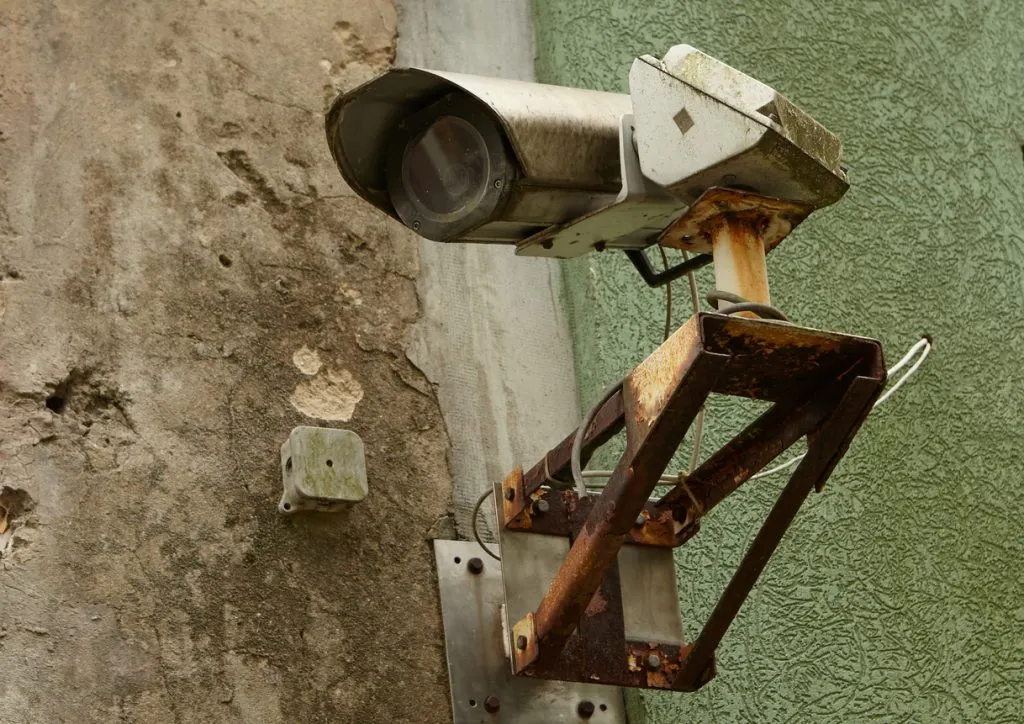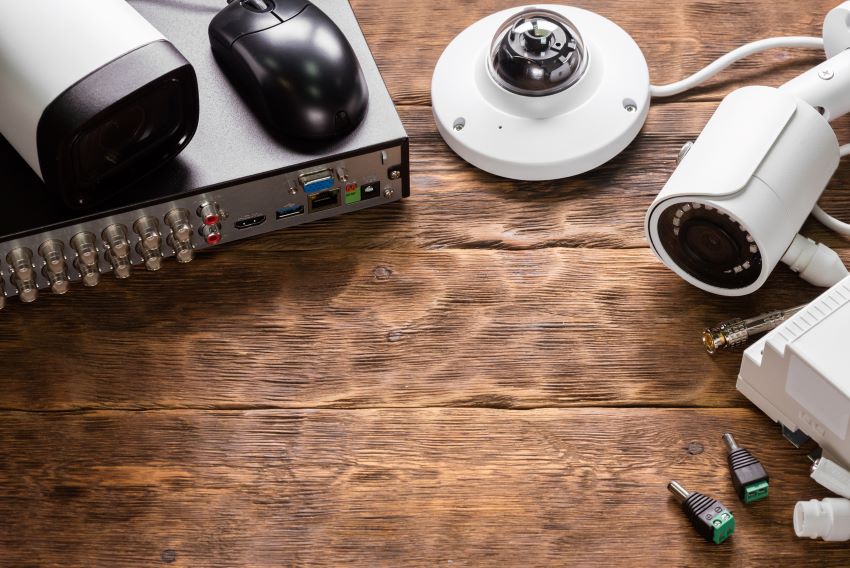Contents
- 0.1 Explanation of what public Wi-Fi is and how it works
- 0.2 Brief overview of the risks and rewards of using public Wi-Fi
- 1 The Dangers of Public Wi-Fi Networks
- 2 Protecting Yourself While on Public Wi-Fi
- 3 Using Public Wi-Fi Safely
- 4 The Perks of Public Wi-Fi Networks
- 5 The Technical Side of Public Wi-Fi Networks
- 6 The Dark Side: Hacking & Cybersecurity Threats
- 7 How to Protect Yourself
- 8 Conclusion
Have you ever used a free public Wi-Fi network at your favorite coffee shop or while waiting in an airport lounge? Public Wi-Fi networks are becoming increasingly popular as they offer free internet access, allowing people to stay connected on-the-go.
But do you know the risks associated with using these networks? In this article, we will be discussing the potential dangers of using public Wi-Fi as well as its rewards.
Explanation of what public Wi-Fi is and how it works
Public Wi-Fi networks are wireless Internet hotspots that are open for anyone to use. These networks can be found in various public spaces such as airports, hotels, cafes and malls.
They allow users to connect their mobile devices or computers to the internet without requiring a password or any other form of authentication. Public Wi-Fi works by broadcasting wireless signals through routers that transmit data between devices and the Internet.
This allows users to access the internet wirelessly within range of the router’s signal strength. While most public Wi-Fi networks are free, some require users to register with their personal information before accessing the network.
Brief overview of the risks and rewards of using public Wi-Fi
Using a public Wi-Fi network comes with both risks and rewards. The most significant risk is that these networks can be easily hacked by cybercriminals allowing them to potentially steal your data or identity. Another risk is that some hackers create fake hotspots disguised as legitimate ones in order to lure people into connecting their devices and exposing sensitive information.
Despite these risks, there are also many advantages to using public Wi-Fi networks. These include being able to work remotely from anywhere, accessing free internet on-the-go, saving mobile data usage costs and achieving better connectivity speeds than cellular data.
While there are certainly benefits when it comes to using public wifi, we should also consider its potential dangers. The next sections will delve deeper into the various risks and rewards of using public Wi-Fi.
The Dangers of Public Wi-Fi Networks
Public Wi-Fi networks are a convenient way to access the internet while on-the-go, but they also come with numerous risks. Using a public Wi-Fi network can make you vulnerable to hacking and identity theft, as these networks are often unsecured and easily accessible to anyone within range.
It’s important to be aware of these risks and take steps to protect yourself when using public Wi-Fi. One of the biggest dangers of using public Wi-Fi is the risk of hacking.
Hackers can intercept data being transmitted over the network, including login credentials, personal information, and sensitive files. This can lead to identity theft, financial loss, and other serious consequences.
In addition, hackers may be able to install malware on your device or use phishing scams to steal your information. To protect yourself when using public Wi-Fi networks, it’s important to take some basic precautions.
First and foremost, avoid accessing sensitive information like banking or credit card accounts while connected to a public network. This will significantly reduce your risk of having your information stolen.
Another way to protect yourself is by using a virtual private network (VPN). A VPN encrypts your internet traffic and routes it through a secure server before reaching its destination.
This makes it much more difficult for hackers or other third parties to intercept your data. Many VPN services are available for free or for a small fee.
It’s important to keep your devices up-to-date with the latest security patches and software updates. These updates often include fixes for known security vulnerabilities in operating systems and applications.
Protecting Yourself While on Public Wi-Fi
If you must use public Wi-Fi for any reason at all – whether you’re traveling or simply want access outside of the office – there are several ways you can protect yourself from potential dangers. One thing you should always do when connecting to a new public network is to check the network name and ensure that it’s legitimate.
Hackers may set up fake networks with similar names in order to trick people into connecting and handing over their sensitive data. Another way to protect yourself is by using a password manager.
This will allow you to create strong, unique passwords for each account you use online. This way, if one account is compromised, your other accounts will still be secure.
It’s also a good idea to turn off automatic Wi-Fi connections on your device. This will prevent it from connecting to networks without your knowledge or consent.
Be wary of any pop-up windows or prompts that appear while you’re using public Wi-Fi. These may be phishing scams designed to steal your information or install malware on your device.
Using Public Wi-Fi Safely
While there are certainly risks associated with using public Wi-Fi networks, there are also ways to use them safely and securely. One way to do this is by taking advantage of the security features offered by the network itself.
Many public networks now require users to enter a password or agree to terms before connecting. Others may offer encryption or other security measures.
In addition, many web browsers now offer built-in protection against phishing scams and other online threats. If you’re unsure whether a website is safe or not, look for indications in your browser that it has been verified as legitimate.
If you must access sensitive information like banking accounts while using public Wi-Fi, consider using an app provided by your bank instead of accessing their website directly through a browser. By taking these simple steps and being aware of potential risks when using public Wi-Fi networks, you can enjoy the benefits of convenient internet access without putting yourself at unnecessary risk.
The Perks of Public Wi-Fi Networks
Public Wi-Fi networks have become a ubiquitous part of modern-day life. Gone are the days of hunting for a wired Ethernet connection to get online in public spaces.
Accessing the internet has never been easier, thanks to public Wi-Fi hotspots that allow you to connect on-the-go. In this section, we will discuss the benefits of using public Wi-Fi networks and how they impact our daily lives.
Convenience and Accessibility
One of the many advantages of using public Wi-Fi networks is their ability to provide easy access to the internet in various locations. They allow you to work remotely from almost anywhere, whether it be at a coffee shop or a hotel lobby.
You can even browse the internet while waiting for your flight at an airport. This is especially useful for people who are constantly on-the-move and need reliable internet access to stay connected.
Moreover, these networks are also popular among students who want a change from their routine study spots or need fast internet speeds while studying or doing research outside of their home network. Public Wi-Fi also provides flexibility when it comes to meeting deadlines or last-minute tasks as users can connect from different places without worrying about disruptions due to unavailable networks or slow connections.
Free Internet in Public Spaces
Another advantage of public Wi-Fi is that it offers free internet access in many public spaces such as libraries, parks, subway stations, and shopping malls. These hotspots have made it possible for people who cannot afford high-speed internet connections at home or work to stay connected with family and friends through social media channels like Facebook and Instagram.
The ability to use free public Wi-Fi has also helped travelers save money while traveling abroad by avoiding expensive roaming charges imposed by mobile carriers when connecting out-of-country data plans. Free public Wi-Fi has opened doors for international communication without breaking one’s wallet.
Business Benefits of Offering Free Public Wi-Fi
Offering free public Wi-Fi can also benefit businesses by increasing foot traffic and customer satisfaction. Many cafes, restaurants, and retail stores now offer free Wi-Fi as a way to attract customers and keep them coming back. Customers appreciate having access to the internet while they wait or shop in-store.
Additionally, offering free public Wi-Fi provides businesses with an opportunity to collect data on customer demographics, interests, and behaviors through sign-up forms or social media logins. This information can be used for targeted marketing campaigns and improving business operations.
Conclusion
Public Wi-Fi networks have made it easier for people to stay connected while on-the-go. They provide convenience when it comes to working remotely or browsing the internet while waiting for appointments.
Furthermore, the ability to access free internet in public spaces has helped bridge the digital divide making communication accessible to all regardless of their economic background. Businesses have much to gain from offering their customers complimentary public Wi-Fi such as increasing foot traffic and gathering valuable data for marketing improvements.
The Technical Side of Public Wi-Fi Networks
Transmitting Data over Public Networks
When you connect to a public Wi-Fi network, your device sends and receives data through radio waves. Essentially, your device is communicating with the router, which is connected to the internet. The router broadcasts the signal throughout the area in which it’s located, allowing multiple devices to connect to it simultaneously and access the internet.
When you send information over a public Wi-Fi network – such as logging into a website or sending an email – that information is transmitted from your device to the router, then on to its intended destination. However, because there are likely other devices connected to the same network at the same time as yours, there’s potential for someone else on that network to intercept and read that data.
Encryption Methods Used by Providers
One way public Wi-Fi networks can protect users’ data is through encryption methods. Encryption essentially scrambles your data so that anyone who intercepts it won’t be able to read it without a decryption key. However, not all public Wi-Fi networks use encryption methods.
Providers who do use encryption typically offer two types: WEP (Wired Equivalent Privacy) and WPA (Wi-Fi Protected Access). WEP was an early form of encryption but has since been deemed insecure due to vulnerabilities in its design.
WPA is currently considered more secure and comes in two versions: WPA2 Personal and WPA2 Enterprise. If you’re using a public Wi-Fi network and aren’t sure if it’s encrypted or what type of encryption method is being used, ask someone at the location providing the network.
The Dark Side: Hacking & Cybersecurity Threats
Types of Cyber Attacks on Public Networks
Using public Wi-Fi networks can put you at risk for various types of cyber attacks, such as: – Man-in-the-middle: This is when an attacker intercepts communication between two parties in order to read or alter that communication. – Packet sniffing: This is when an attacker uses software to capture and analyze network traffic sent over a public network.
– Rogue hotspots: These are fake Wi-Fi networks set up by attackers in order to lure users into connecting to them instead of legitimate networks. Once connected, attackers can steal users’ data or install malware on their devices.
Real-life Examples
There have been numerous instances where people have fallen victim to cyber crimes while using public Wi-Fi networks. For example, in 2015, hackers stole millions of user records from the dating website Ashley Madison after infiltrating the site through its unsecured Wi-Fi network. In 2017, a hacker used a public Wi-Fi network at a Starbucks location in Argentina to steal sensitive information from the company’s corporate network.
How to Protect Yourself
There are several steps you can take to protect yourself when using public Wi-Fi networks: – Use a virtual private network (VPN): A VPN creates an encrypted connection between your device and the internet, making it more difficult for hackers on the same network as you to intercept your communication. – Avoid sensitive activities: Refrain from logging into sensitive accounts like online banking or email while connected to a public Wi-Fi network.
– Keep your software up-to-date: Make sure your device’s operating system and security software are up-to-date with the latest patches and updates. – Turn off auto-connect: Disable auto-connect for any saved public networks on your device so that you don’t accidentally connect without realizing it.
Conclusion
While there are certainly risks associated with using public Wi-Fi networks, being aware of those risks and taking steps to protect yourself can go a long way in keeping your data safe. By using encryption methods and VPNs, avoiding sensitive activities, and keeping your software up-to-date, you can enjoy the convenience and accessibility of public Wi-Fi networks without putting yourself at unnecessary risk.










